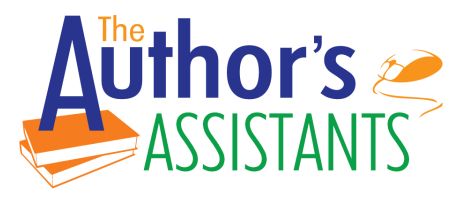 Let’s dive deeper into the differences of traditional and self-publishing.
Let’s dive deeper into the differences of traditional and self-publishing.
Traditional publishing refers to contacting agents and having your book accepted by a publisher. This is a long and slow process often filled with rejections. But, there is an upside. You get:
- prestige
- fast distribution
- ready made team of professional
- no upfront costs
- possible advance against royalties
- potential to become a known author
Then there’s the downside:
- a slow process
- loss of control
- lower royalties than self-publishing
- no marketing help
- contracts with detrimental clauses for the author
Self-publishing is the do-it-yourself version of book publishing. The pros are pretty exciting:
- creative control over all aspects
- faster to market
- higher royalties
- global market opportunities
- niche books reach their audience
The cons are worth considering for newbie authors:
- vetting a professional team
- a stigma remains (but it’s fading) around self-publishing
- financial burden is on the author
- bookstore distribution is difficult
I look to a blog post from Joanna Penn to explain the finer details, Pros and Cons of Traditional Publishing vs Self-Publishing. She details the many differences with great accuracy. Worth reading for clarification on traditional and self-publishing.
Self-publishing is the easier path and can lead to a traditional publishing opportunity if the author is extremely pro-active in marketing and sets up a well-planned author platform.
